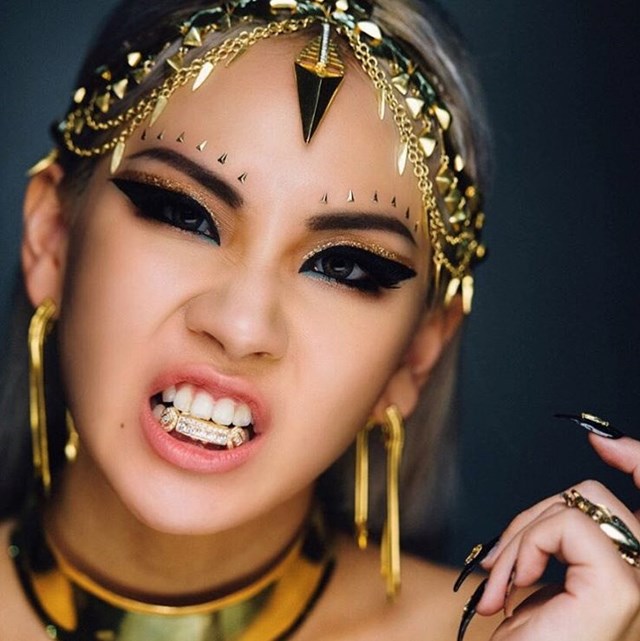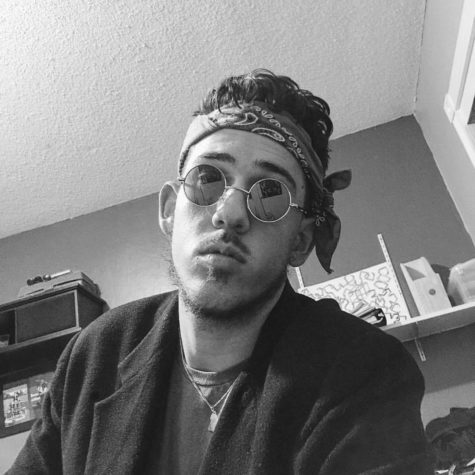America may have invented hip-hop but the world welcomed it with open arms and turned rap into a universal language of revolution and understanding.
Here at home, American hip-hop dominates the mainstream sound and continues the trend when it comes to influencing the sound of rap and hip-hop around the world.
Korean pop, or K-pop, was originally created in the ‘90s with idol groups like Seo Taiji and the Boys, which incorporated pop music from the U.S. and Korean lyrics. K-pop, however, didn’t really make its way over to the U.S. until artist PSY released “Gangnam Style” which soared into the mainstream, reaching 1.7 billion views on YouTube.
K-pop has since transformed into a sound with a wide variety of genres and has recently taken off worldwide, leaking over into the U.S. with artists like Wale, Too $hort, Snoop Dogg and others collaborating with big K-Pop groups like BTS and Big Bang.
Although American pop has been an influence since the beginning, the sound most popular K-pop artists create is heavily influenced by southern trap style rap. With K-pop artists like Jay Park, Keith Ape, G-Dragon and CL, K-pop wedged its way into underground and mainstream American hip-hop. Artist Wale recently released a song with BTS star Rap Monster in March 2017 and artist Too-$hort collaborated with Korean-American artist Dumbfoundead in February 2017.
U.S. artists who have started to rise in popularity such as Ski Mask the Slump God and Denzel Curry have also been featured with K-pop artist Keith Ape, who has risen in popularity in the U.S. more than other solo K-Pop acts. Ape has been featured with artists from A$AP Ferg to Waka Flocka and has created buzz around his name as his YouTube videos on reach anywhere between 600,000 and 38 million views.
Aside from the surge of K-pop, rap is also breaking into the mainstream of countries around the world. In Brazil, as well as most of South America, rap and hip-hop have taken very political forms.
“Hip-hop and rap in Brazil are not that famous and not listened [to] in most of the country, it is a kind of music listened [to] most in the southeast like Rio de Janeiro and Sao Paulo,” said international student Amanda Coimbra, 21.
Artist Karol ConKa speaks out about many political issues, including racism and women’s rights with a sound of modern hip-hop and incorporates the original sounds of Brazil.
“Karol ConKa is a name that is starting to get popular in the country but [is] still small because of her style,” Coimbra said.
From old school groups like Racionais MC, who have a sound and message similar to N.W.A., to groups who are more modern like RZO, Brazilian hip-hop has mastered the sound of mixing the modern rap essence with traditional Brazilian sounds such as samba, all while delivering a message of revolution.
In the Northern Hemisphere, hip-hop has begun to take form in almost every country. From Canada to Eastern Europe, rap music takes big strides in developing its sound into world-wide mainstream music.
Some of the top hip-hop artists around the rest of the world include M.I.A., Dizzee Rascal, Lady Leshurr and Skepta from the U.K. Also, Davido and Olamide are holding it down for Nigeria. Italian trap music is becoming a thing with artist like Fabri Fibra, meanwhile German rapper, Bushido is bringing that American swag into his music with songs like “Panamera Flow.” Georgio and Deen Burbigo have created similar sounds in France, pulling sounds from artists like Joey Bada$$ and Kanye West.
So as America continues to share and influence its sound around the world, hip-hop and especially rap, continues to incorporate all cultures as it brings a message of revolution and a sound of familiarity to listeners in all corners of the world.




